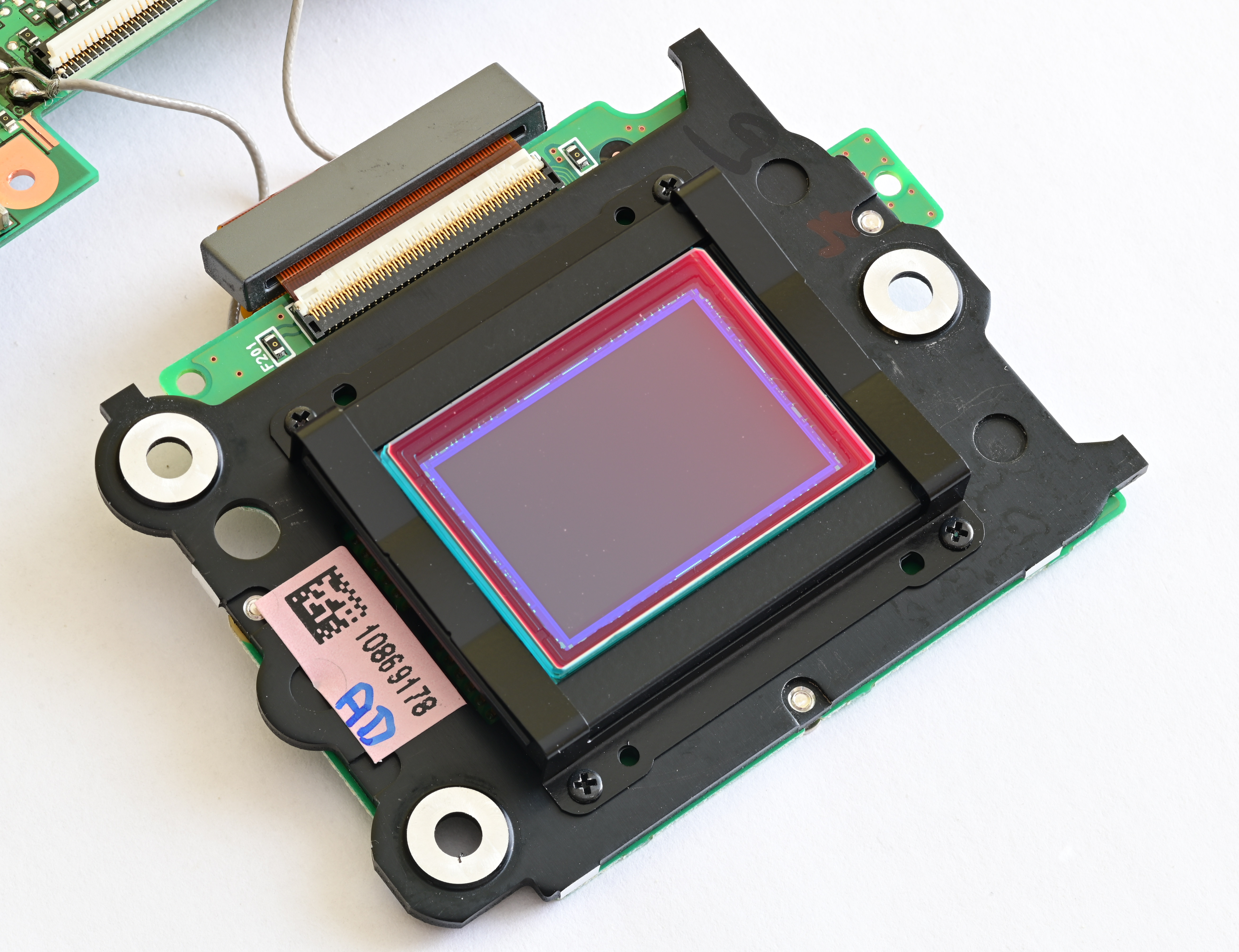Hot Mirror on:
[Wikipedia]
[Google]
[Amazon]
 A hot mirror is a specialized dielectric mirror, a
A hot mirror is a specialized dielectric mirror, a
 A hot mirror is a specialized dielectric mirror, a
A hot mirror is a specialized dielectric mirror, a dichroic filter
A dichroic filter, thin-film filter, or interference filter is a color filter used to selectively pass light of a small range of colors while reflecting other colors. By comparison, dichroic mirrors and dichroic reflectors tend to be characteri ...
, often employed to protect optical systems by reflecting infrared light
Infrared (IR), sometimes called infrared light, is electromagnetic radiation (EMR) with wavelengths longer than those of visible light. It is therefore invisible to the human eye. IR is generally understood to encompass wavelengths from around ...
back into a light source, while allowing visible light
Light or visible light is electromagnetic radiation that can be perceived by the human eye. Visible light is usually defined as having wavelengths in the range of 400–700 nanometres (nm), corresponding to frequencies of 750–420 te ...
to pass. Hot mirrors can be designed to be inserted into the optical system at an incidence angle varying between zero and 45 degrees, and are useful in a variety of applications where the buildup of waste heat
Waste heat is heat that is produced by a machine, or other process that uses energy, as a byproduct of doing work. All such processes give off some waste heat as a fundamental result of the laws of thermodynamics. Waste heat has lower utility ...
can damage components or adversely affect spectral characteristics of the illumination source. Wavelength
In physics, the wavelength is the spatial period of a periodic wave—the distance over which the wave's shape repeats.
It is the distance between consecutive corresponding points of the same phase on the wave, such as two adjacent crests, tro ...
s reflected by an infrared hot mirror range from about 750 to 1250 nanometer
330px, Different lengths as in respect to the molecular scale.
The nanometre (international spelling as used by the International Bureau of Weights and Measures; SI symbol: nm) or nanometer (American and British English spelling differences#-re ...
s. By transmitting visible light wavelengths while reflecting infrared, hot mirrors can also serve as dichromatic beam splitter
A beam splitter or ''beamsplitter'' is an optical device that splits a beam of light into a transmitted and a reflected beam. It is a crucial part of many optical experimental and measurement systems, such as interferometers, also finding wide ...
s for specialized applications in fluorescence microscopy
A fluorescence microscope is an optical microscope that uses fluorescence instead of, or in addition to, scattering, reflection, and attenuation or absorption, to study the properties of organic or inorganic substances. "Fluorescence microscop ...
or optical eye tracking
Eye tracking is the process of measuring either the point of gaze (where one is looking) or the motion of an eye relative to the head. An eye tracker is a device for measuring eye positions and eye movement. Eye trackers are used in research ...
.
Some early digital cameras designed for visible light capture, such as the Associated Press NC2000 and Nikon Coolpix 950
The Nikon Coolpix 950 was a digital camera released by Nikon in early 1999. The 950 model superseded the Coolpix 900 in the Nikon Coolpix series. The Coolpix 950 was a durable camera with swivel lens, magnesium body, a maximum resolution of 1600Ă ...
, were unusually sensitive to infrared radiation, and tended to produce colors that were contaminated with infrared. This was particularly problematic with scenes that contained strong sources of infrared, such as fires, although the effect could be moderated by inserting a photographic hot mirror filter into the imaging pathway. Conversely, these cameras could be used for infrared photography
''Top:'' tree photographed in the near infrared range. ''Bottom:'' same tree in the visible part of the spectrum.
In infrared photography, the film or image sensor used is sensitive to infrared light. The part of the spectrum used is r ...
by inserting a cold mirror
A cold mirror is a specialized dielectric mirror, a dichroic filter, that reflects the entire visible light spectrum while very efficiently transmitting infrared wavelengths. Similar to hot mirrors, cold mirrors can be designed for an incidence ...
filter, more commonly known as an infrared filter, into the imaging pathway, most commonly by mounting the filter on the front of the lens.
New incandescent bulbs incorporate hot mirrors, increasing efficiency by redirecting unwanted infrared frequencies back to the filament.
References
Mirrors {{Optics-stub